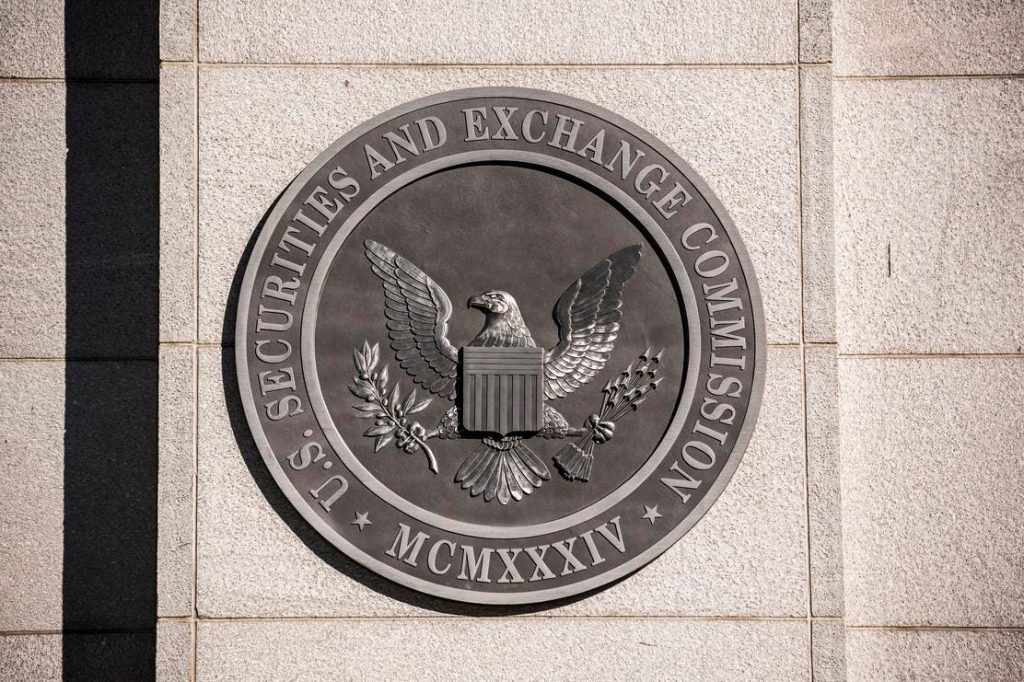Recently, the U.S. Securities and Exchange Commission (SEC) released final rules on corporate climate disclosures, requiring companies to disclose their greenhouse gas emissions, climate-related targets, and internal carbon pricing if relevant to their business. The rules aim to provide investors with important information about climate risks companies are facing and how they are responding to them. SEC Chair Gary Gensler emphasized the importance of investors having complete and truthful disclosures to make informed decisions.
The finalized 900-page rules have undergone changes from the proposed version, with some provisions being watered down. Companies will now only need to disclose two types of greenhouse gas emissions instead of three, and the internal carbon pricing disclosure requirements have been simplified. Internal carbon pricing is defined as the estimated cost of carbon emissions used internally within an organization. Companies will need to disclose the price per metric ton of carbon dioxide and the total pricing with explanations if multiple prices are used.
Despite the easing of compliance burdens, the new rules have faced significant opposition from the business community, who argue that the regulations are too burdensome, costly, and could violate their First Amendment rights. Concerns about disclosing confidential information that could pose risks to their business have also been raised. Companies fear potential liability from making disclosures, although there is a safe harbor provision within the rules to protect them from litigation regarding forward-looking statements in their disclosures.
Internal carbon pricing is seen as a critical data point for assessing how well companies are managing climate risks and planning for future ones. It helps identify climate-related risks and opportunities, improve energy efficiencies, reduce costs, and make capital investment decisions. Standardized disclosures of internal carbon pricing could assist policymakers in implementing a national carbon price in the future. However, the wide variation in carbon pricing from less than a dollar to over $1,600 per metric ton indicates the lack of a uniform approach.
Following the release of the rules, a wave of lawsuits has been filed by businesses, business interest groups, state attorneys general, and environmental groups. Nearly 20 states are suing the SEC over the rules, arguing they are too burdensome and could harm supply chains. Some stakeholders believe the rules are too weak and won’t provide sufficient information to investors. The outcome of these lawsuits remains pending, with opportunities for the rules to be narrowed, struck down, remain the same, or even be expanded to address concerns over their strength.
Moving forward, it is expected that starting around 2026, public companies will be disclosing their internal carbon prices and greenhouse gas emissions data, providing a clearer picture of their climate risks and mitigation strategies. The future of these disclosures will depend on the outcomes of the ongoing lawsuits and potential revisions to the rules based on feedback from stakeholders. The SEC’s climate disclosure rules are likely to continue to be a significant issue to monitor in the coming years, impacting how companies disclose and address climate risks in their operations.


